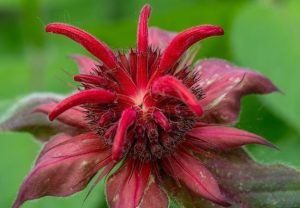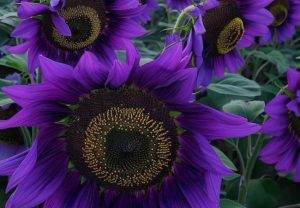Discover the captivating world of Violas in this comprehensive guide. Learn about the various varieties, their vibrant colors and expert tips on planting, caring for and enjoying these delightful bloomers in your garden. Uncover the secrets to creating a stunning display that will add life and charm to any outdoor space.
If you’re looking to add a burst of color and charm to your garden, violas are the perfect choice. These delightful little flowers come in a wide range of hues, from deep purples and bright yellows to soft pastels and even bi-colors. With their eye-catching blooms and compact growth habit, violas are versatile additions that can bring life to any outdoor space.
In this comprehensive guide, we’ll explore the world of violas, covering everything from their varieties and growing requirements to expert tips on caring for and enjoying these beautiful bloomers.
Here’s an information chart for Violas, scientifically known as Viola spp.:
| Attribute | Details |
|---|---|
| Botanical Name | Viola spp. |
| Common Name | Violas, Pansies, Johnny-Jump-Ups |
| Plant Family | Violaceae |
| Hardiness Zone | USDA zones 3-9 |
| Sun Exposure | Full sun to partial shade |
| Soil Type | Well-drained, fertile soil |
| Watering | Moderate; keep soil consistently moist |
| Growth Habit | Annual or perennial, depending on species |
| Height/Spread | 6-12 inches tall / 6-12 inches wide |
| Special Features | Colorful, edible flowers, long blooming season, attracts pollinators, suitable for containers and garden beds |
Understanding Viola Varieties
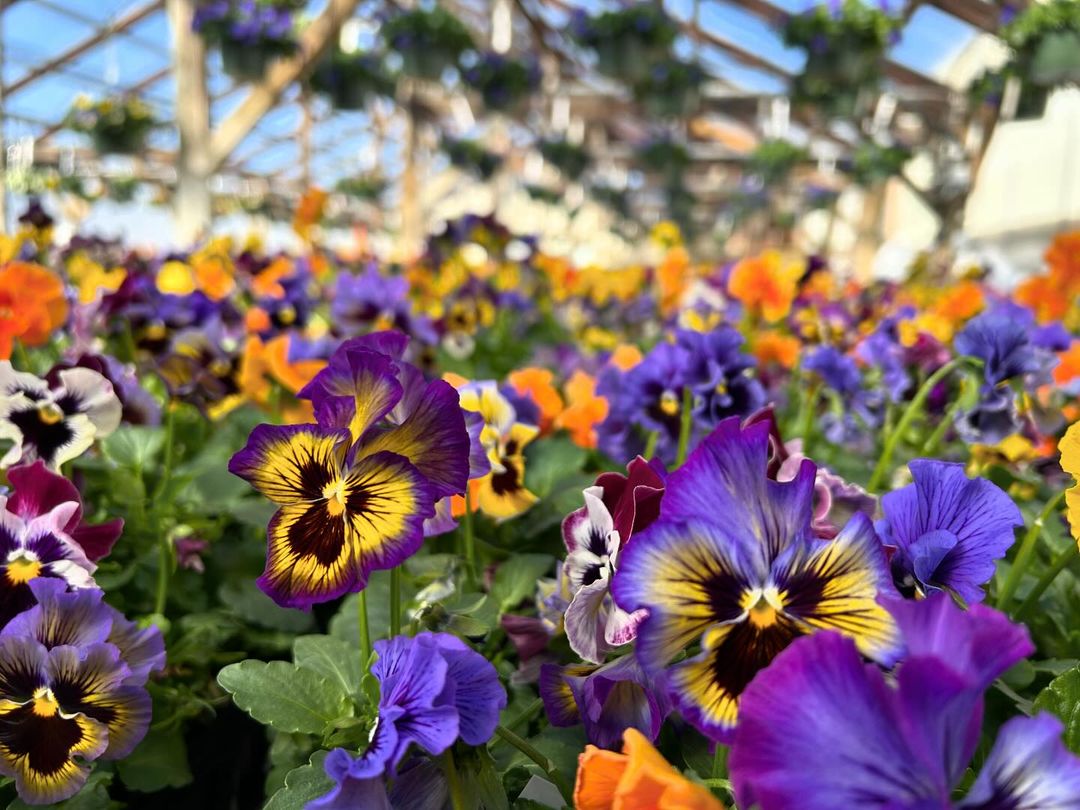
Violas belong to the same family as pansies, and while they share some similarities, they have their own unique characteristics. Here are some of the most popular viola varieties:
Viola cornuta (Tufted Viola)
These violas are known for their distinctive, slightly elongated blooms and their ability to form dense mats of growth, making them excellent for ground cover or spilling over containers.
Viola tricolor (Johnny Jump-Up)
With their cheerful, often bi-colored faces, Johnny Jump-Ups are a classic favorite. They come in a range of colors, including purples, yellows and whites.
Viola x wittrockiana (Pansy Viola)
These violas are often mistaken for pansies due to their large, pansy-like flowers. They are a hybrid variety that combines the hardiness of violas with the showiness of pansies.
Viola odorata (Sweet Violet)
As the name suggests, these violas have a delightful fragrance. They produce small, purple blooms and are often used in perfumes and culinary applications.
Planting and Growing Violas
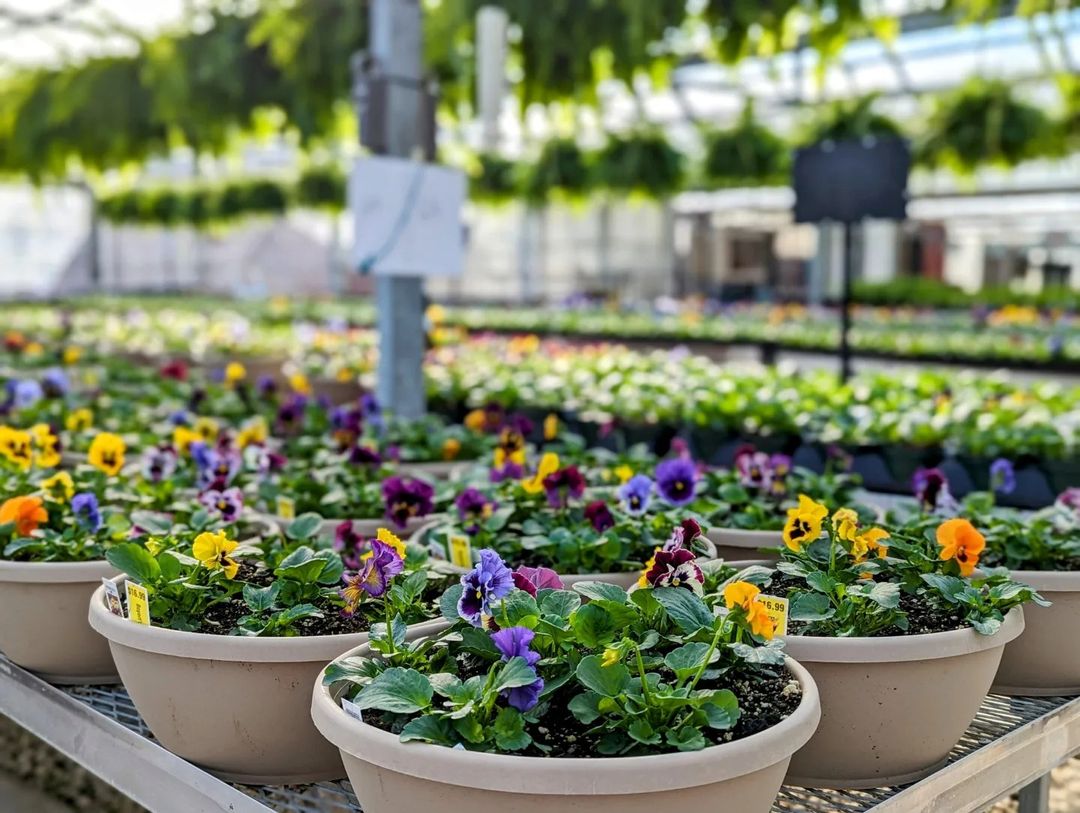
Violas are cool-weather lovers, making them ideal for early spring and fall gardens. Here are some tips for planting and growing vibrant viola blooms:
Soil Preparation
Violas thrive in well-draining, nutrient-rich soil. Amend your garden bed with compost or well-rotted manure before planting to provide the necessary nutrients.
Sunlight Requirements
While violas can tolerate partial shade, they will produce the most abundant blooms in full sun. Aim for at least six hours of direct sunlight each day.
Planting Depth and Spacing
Plant viola seedlings or transplants at the same depth they were growing in their containers, spacing them 6-8 inches apart. This will allow for proper air circulation and prevent overcrowding.
Watering
Violas prefer consistently moist, but not waterlogged, soil. Water them deeply, especially during dry spells, to encourage healthy growth and prolific blooming.
Caring for Your Viola Blooms
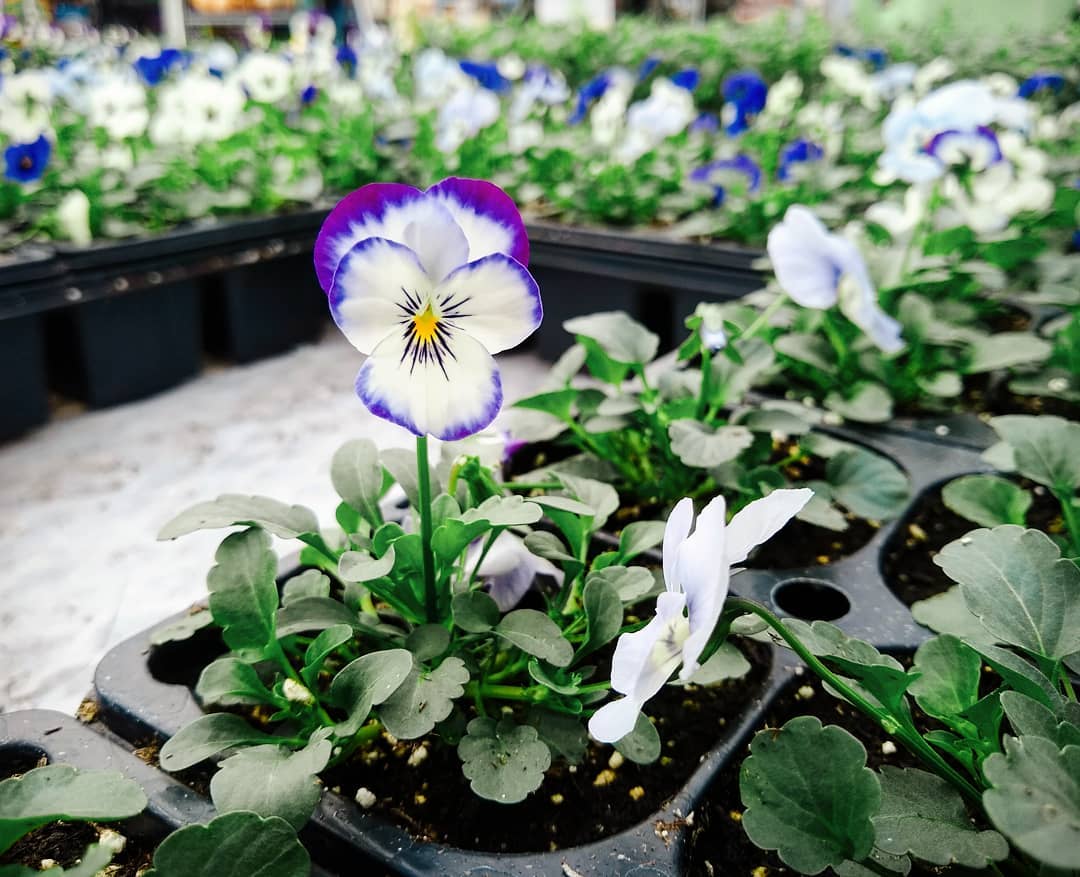
Proper care is essential for ensuring your violas remain vibrant and healthy throughout their growing season. Follow these tips:
Deadheading
Regularly remove spent blooms by pinching them off with your fingers. This will encourage new flower production and prevent the plants from going to seed too quickly.
Fertilizing
Feed your violas with a balanced, water-soluble fertilizer every two to four weeks during their active growing season. This will provide the necessary nutrients for optimal growth and flowering.
Mulching
Apply a 2-3 inch layer of organic mulch around your viola plants. This will help retain moisture, suppress weeds, and maintain cooler soil temperatures that violas prefer.
Pest and Disease Management
Violas are generally hardy and resistant to most pests and diseases. However, keep an eye out for common issues like aphids, slugs, and powdery mildew. Practicing good garden hygiene and using organic pest control methods can help prevent and manage these problems.
Enjoying Your Vibrant Viola Blooms
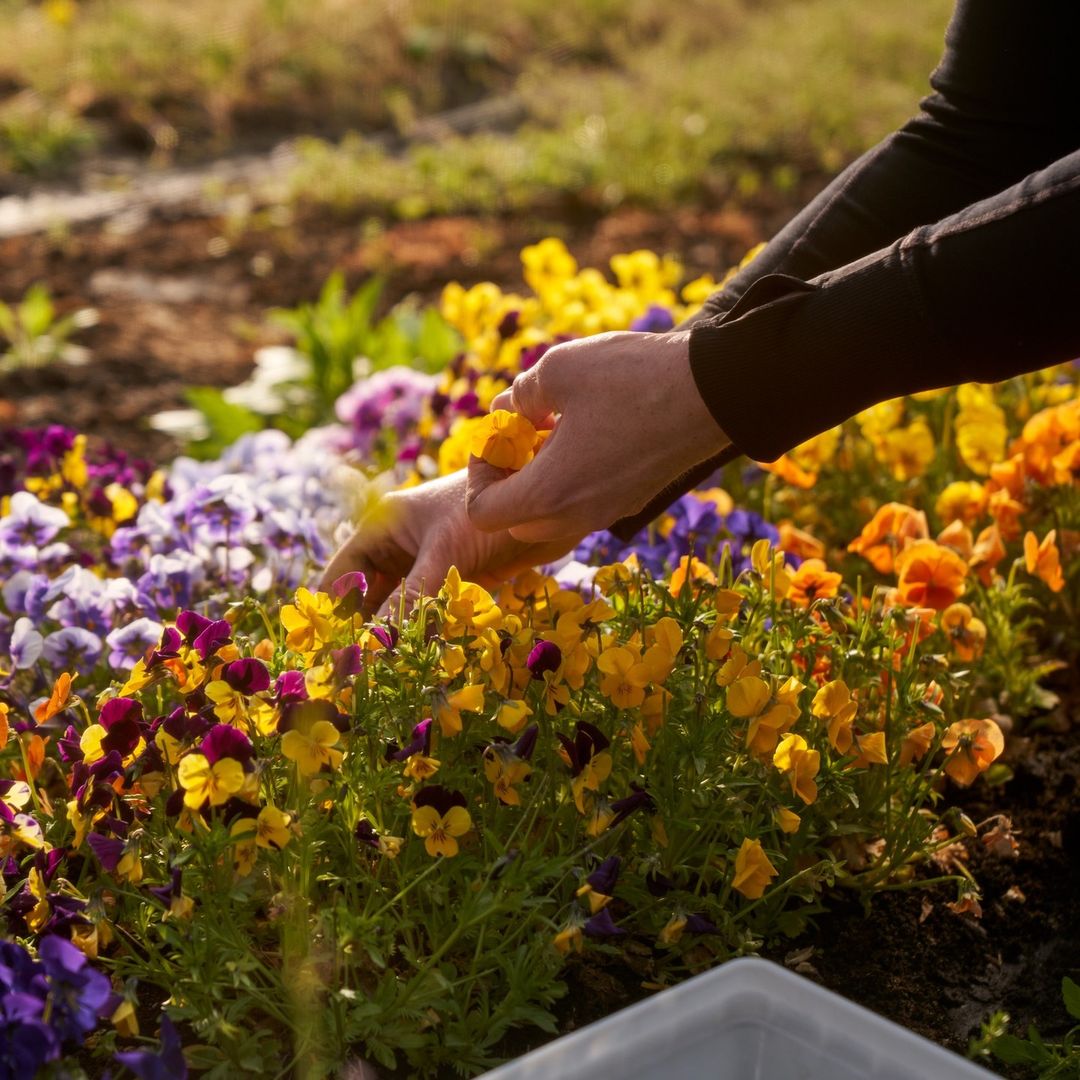
Once your violas are in full bloom, there are numerous ways to enjoy their beauty and versatility:
Garden Displays
Violas make fantastic additions to flower beds, borders and rock gardens. Their compact size and profuse blooming habit allow for creating stunning mass plantings or combining them with other cool-weather favorites like pansies and primroses.
Container Gardens
Violas are perfect for container gardening. Plant them in hanging baskets, window boxes or patio planters for a colorful display on your porch, balcony, or patio.
Edible Flowers
Violas are not only beautiful but also edible! Their petals can be used to garnish salads, desserts and beverages, adding a touch of color and a subtle, slightly sweet flavor.
Cut Flowers
While violas may be small, they make lovely cut flowers for indoor arrangements. Their vibrant hues and delicate blooms can add a whimsical touch to any bouquet.
With their striking colors, compact size, and easy-care nature, violas are a true delight for any gardener. By following these tips, you’ll be well on your way to creating a vibrant and eye-catching display that will bring joy to your outdoor spaces for seasons to come.
